Micro fulfillment centers (MFCs) are increasing in popularity worldwide. Many retailers consider micro fulfillment a compelling solution to dealing with rising customer demands for faster order fulfillment like next-day or same-day delivery.
It’s estimated that the number of MFCs will grow more than 20 times by 2030, from around 250 to 5,600 in 2030. The micro-fulfillment market is also expected to increase by 12 times by 2030. These statistics present an undeniable truth: micro-fulfillment trends are gaining traction among global retailers.
In this post, we explore the micro fulfillment center definition, its benefits, and challenges. Let’s take a look at this new trend and see whether you can adopt it for your retailing!
What is micro fulfillment?
Micro-fulfillment is a fulfillment strategy that aims to utilize small and highly automated fulfillment centers at locations closer to the end customers to expedite order delivery and decrease shipping costs. It’s a retail strategy employed by retailers to manage inventory and streamline the order fulfillment process.
On top of optimizing order processing, micro-fulfillment also facilitates various delivery and fulfillment options like curbside pickup, click and collect, or home delivery. More and more eCommerce businesses leverage this strategy to offer their customers rapid, accurate, and diversified shopping experiences without substantial cost increases.
Many giant retailers use micro fulfillment as a critical strategy to expand their supply chain, reach more customers, and optimize the fulfillment process, thus boosting sales. Some well-known brands that have already deployed this strategy include Walmart, Kroger, and Jewel-Osco.
What is micro warehousing?
Micro warehousing refers to a warehouse management strategy that harnesses a system of small storage facilities rather than depending on one major distribution center to fulfill orders. Micro-warehousing means moving the inventory closer to the end consumers to cut costs and delivery times. It’s a core component and basis for any kind of micro-fulfillment strategy.
Retailers often place micro-warehouses in or near the densely populated areas where the majority of their customers reside. In other words, business owners use micro-warehousing to stock inventory near the customers who are likely to purchase it. Therefore, this strategy helps improve last-mile fulfillment while meeting local demands.
What is a micro fulfillment center?
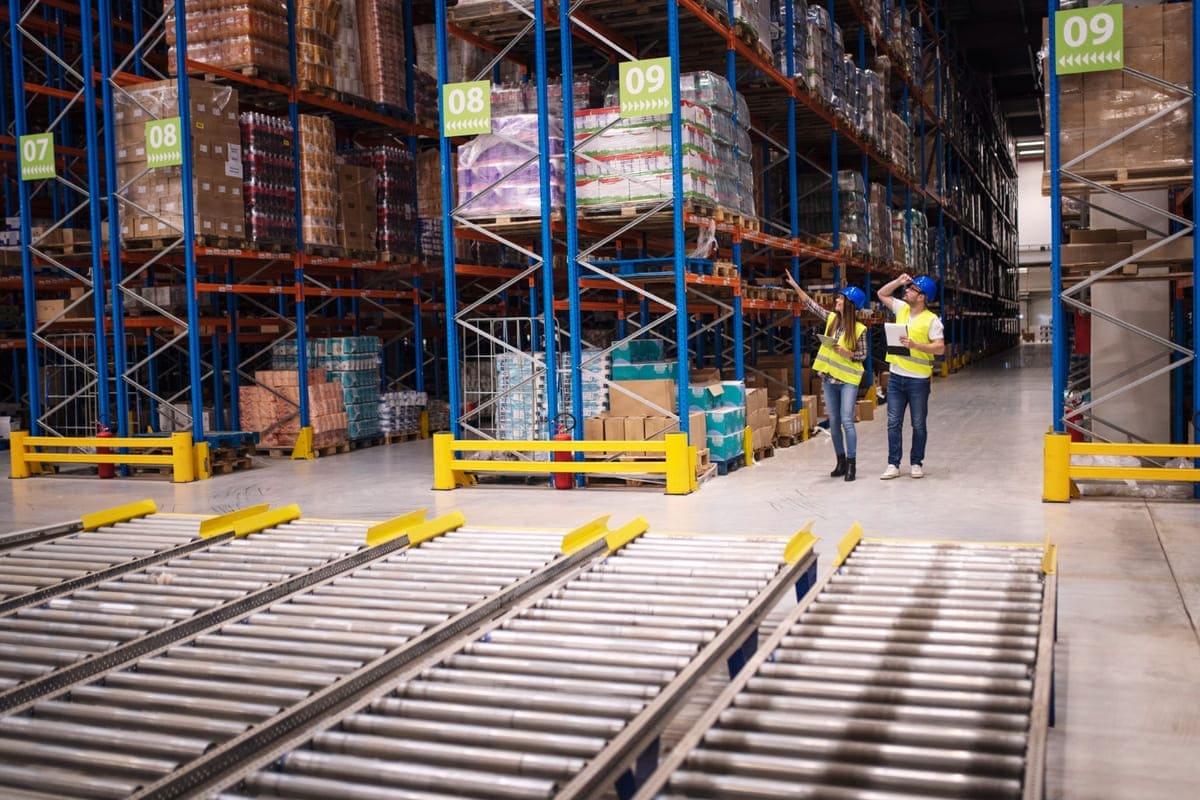
A micro fulfillment center is a small-scale storage and fulfillment facility that stores inventory close to consumers to accelerate order fulfillment speed. To help increase operational efficiency, these centers are often equipped with automated software and other micro fulfillment technologies.
Micro-fulfillment centers are often smaller than traditional warehouses and are used to store stocks for a short time before delivering the products to customers. Contrary to the main warehouses located on the outskirts of cities, micro-fulfillment centers are often positioned in urban areas where most consumers concentrate. Thanks to that, retailers can offer more fulfillment options to their customers, including curbside pickup or buying online, picking up in store.
Businesses can establish standalone micro-fulfillment centers or build them into their existing brick-and-mortar stores to serve a specific geographical radius. MFCs can also be set up at the back of a supermarket, garage, basement, or any other convenient space provided by a 3rd-party.
How do micro-fulfillment centers work?
Below is the working process of a micro fulfillment center.
- Receive and store inventory: MFCs receive products from main warehouses or suppliers, and then check to see whether there are any faulty, wrong, or missing products. The products are then stored appropriately and tracked with SKU numbers.
- Pick and pack: After receiving orders from customers, MFCs pick products, then pack and label them to prepare for shipping. In this step, the centers should pick orders as fast and accurately as possible, and use proper packaging materials to avoid damage.
- Ship orders: The order delivery is arranged and assigned to shipping carriers to transport to customers.
- Handle returns and exchanges: MFCs examine the returned items and record all the damages, then handle returns and exchanges based on retailers’ return policy.
Micro fulfillment centers vs large fulfillment centers
What distinguishes micro-fulfillment centers from large ones is mainly their sizes.
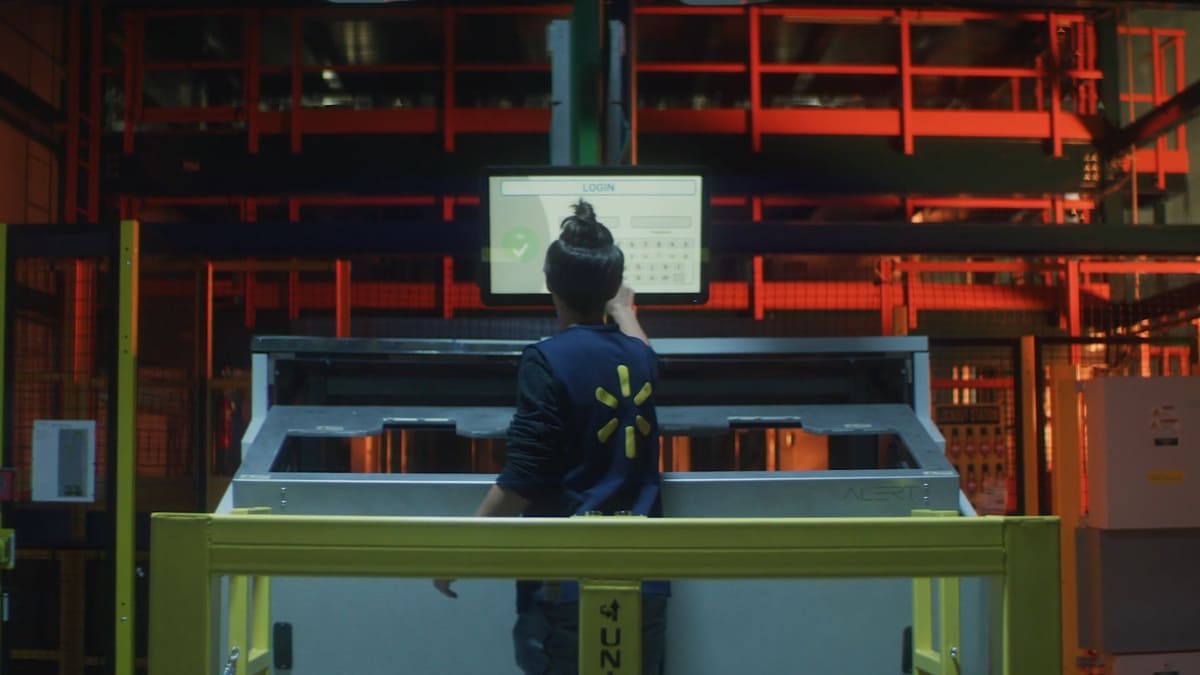
Micro fulfillment centers
Typical micro-fulfillment centers are from 3,000 – 10,000 square feet. They can store up to 15,000 different items. As MFCs are often placed within or close to a retail store for picking up, packing, and shipping orders rapidly, they normally can only store about 24–48 hours’ worth of inventory.
For instance, Walmart has built a 9,000-square-foot micro-fulfillment center equipped with Alphabot automation technology within a Walmart Supercenter in New Hampshire and put it into operation in 2020.
Large fulfillment centers
On the other hand, large fulfillment centers can be from 30,000 square feet or more depending on business sizes. Large fulfillment centers require vast space to store massive amounts of inventory in the long term, so they are often located far away from urban areas, which causes the delivery times and costs to go up. Thus, if operating a large fulfillment center, you should pay attention to the proper warehouse design and fulfillment software to route the optimal picking path.
For example, Amazon’s fulfillment center in Tennessee is about 3.6 million square feet and Nike’s is 2.8 million square feet.
What are the benefits of micro-fulfillment?
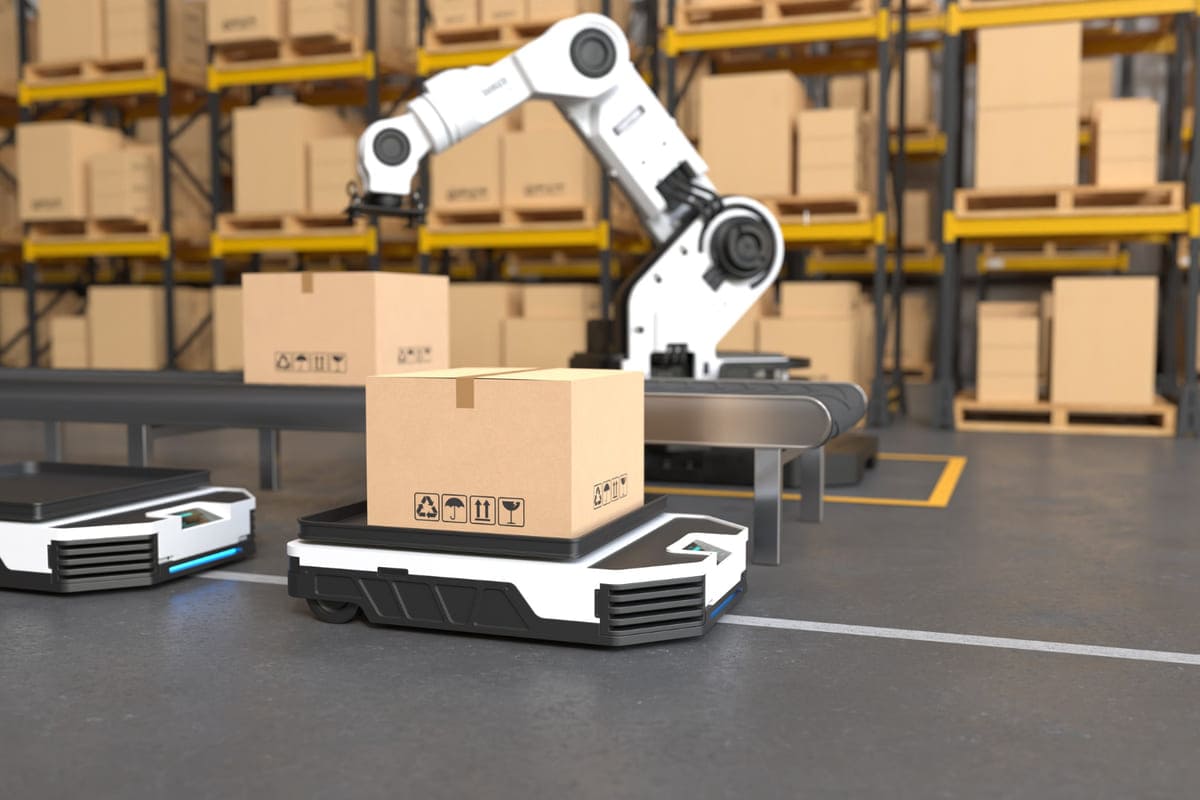
eCommerce business owners can reap enormous benefits from incorporating micro-fulfillment into their retail strategy. Let’s take a look at some key advantages below.
Accelerate order fulfillment
Most micro fulfillment centers use automated software and AI technologies to speed up order processing. For example, some software automatically generates a picking list for faster fulfillment. With the support of these modern micro-fulfillment systems, retailers can receive and fulfill orders rapidly with fewer human errors and more fulfillment efficiency, thus reducing the number of wrong orders and returns. The small-scale warehouses also ease the process of picking, packing, and shipping items, thereby making last-mile delivery cheaper and quicker.
Improve customer experience
Storing and fulfilling orders from locations near the end consumers enables sellers to quicken order delivery and process exchanges and refunds faster, thus meeting customers’ expectations and improving their loyalty. Besides, micro-fulfillment allows retailers to provide a wider range of fulfillment options for customers, including click and collect and local pickups, which also helps enhance customer service and customer retention.
Reduce costs
The utilization of automation in many micro fulfillment centers reduces the amount of manual labor in need, thus saving on labor costs. For example, automation technologies can decrease order fulfillment costs from $10 – $15 to $3 – $6 per order as compared to manual fulfillment. Besides, shipping orders from closer locations to customers also lower transportation costs. With micro-fulfillment, retailers can minimize order errors, thus lessening additional costs to fix mistakes or refund customers.
Enhance inventory management
Micro-fulfillment facilitates effective inventory management. Retailers need to apply advanced micro fulfillment technology to get accurate inventory visibility in real time across locations. With that live view, merchants can effectively route the order fulfillment process and make the right decisions on reordering to avoid stockouts or overstocking.
Observing order history and patterns allows retailers to forecast demands for products at the local level. On that basis, sellers can optimize inventory allocation by storing the products in high demand for each local market.
Flexible to scale
Building and operating large fulfillment centers or warehouses often costs a bundle and consumes much time. In contrast, establishing and adding micro-fulfillment centers to your current supply chain is more affordable and faster. Therefore, retailers can handle high-volume fulfillment quickly where customer demand rises. What’s more, businesses can also easily scale their operations without immense investments as there’s no need to hire large space for fulfillment.
4 challenges of micro fulfillment
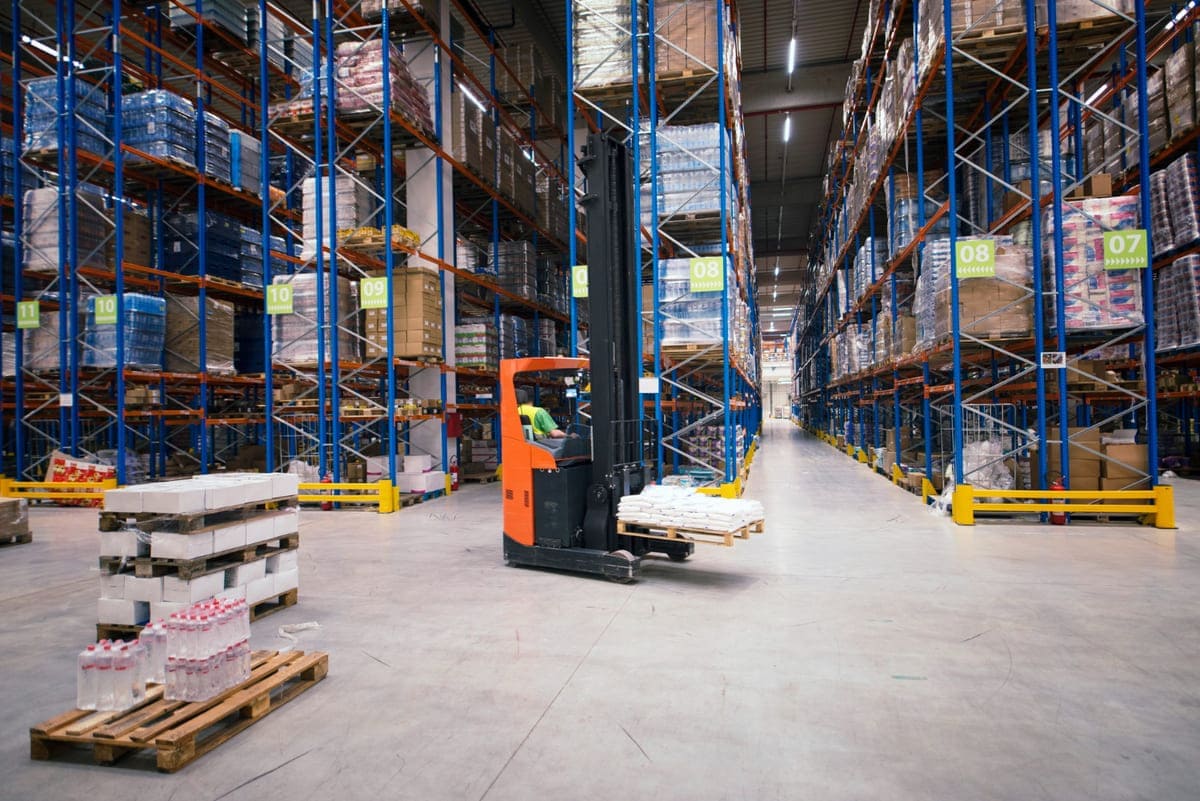
Clearly, great challenges often accompany huge advantages. To effectively execute micro-fulfillment strategies, retailers should be aware of the following challenges to consider carefully before deployment.
1. Unpredictable customer demand
Consumer demands don’t stay steady all the time. In contrast, the demands keep changing continuously and can be affected by lots of unprecedented factors like natural phenomena. Besides, the limited storage capacity of micro fulfillment centers makes it hard for retailers to adjust to abrupt demand changes caused by any other social or economic trends.
For example, a storm or tornado can cause a surge in demand for specific types of products and disrupt fulfillment operations in certain areas, thus leading to inventory imbalance of some MFCs.
2. Frequent stock replenishment
Due to small space for storage, a micro fulfillment center can only hold a certain amount of stock in the short term. Therefore, these centers need to be replenished constantly. To avoid stockouts, retailers have to accurately manage their inventory in real time to make timely replenishment decisions.
In addition, how much inventory to place in each center is also challenging. Sellers should consider carefully to balance the inventory among these facilities so there are enough stocks to meet the demands of each location.
3. Ineffective micro-fulfillment systems
Using ineffective systems to operate and manage order fulfillment might cause great damage. An outdated system that can’t integrate with other retail systems such as ERP or POS makes you lose track of the inventory levels and any order changes. Not grasping inventory and order updates might result in inaccurate deliveries, underselling, or overselling, which may discourage customers from more repeat purchases.
As a result, finding a suitable system that integrates seamlessly with other software and apps helps you deal with complex fulfillment operations. A good micro fulfillment solution can inform you of the stock replenishments and generate demand forecasts to decide which products to stock in specific locations.
4. Unsuitable for all product types
The limited storage space of micro-fulfillment centers also restricts the type of products they can store. Intended for short-term inventory storage, these centers are not an appropriate place to hold large or bulky items that might occupy a large area. Besides, these products are not purchased frequently and are difficult to stock. Micro-fulfillment centers are more suitable for seasonal or perishable products like groceries or clothes.
Consequently, retailers must consider which types of products they should store and fulfill in micro-fulfillment centers.
Magestore solution to micro fulfillment
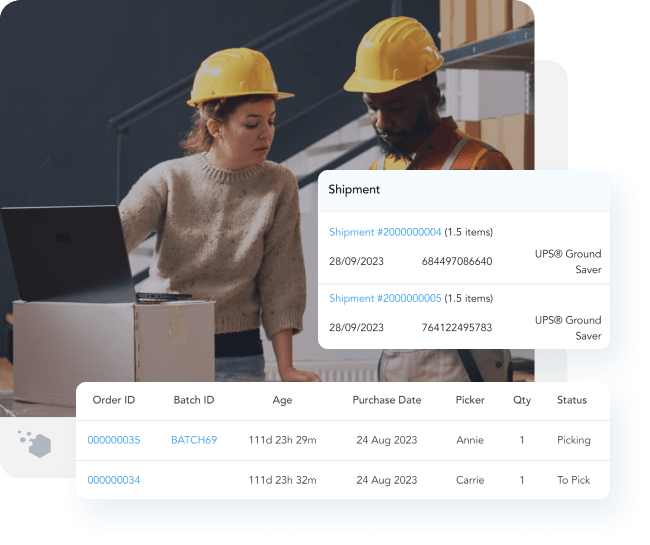
Micro-fulfillment is beneficial to both small, medium, and large businesses. Retailers can choose whether to outsource the fulfillment to a 3rd-party logistics company or fulfill orders in house. To help those who want to do self-fulfillment, Magestore provides a range of effective fulfillment solutions.
Capturing the needs of small and medium businesses, Magestore offers Magestore Order Fulfillment software to speed up order processing and fulfillment. The software lets users manage cross-channel orders and update inventory status in real time. Moreover, you can optimize the fulfillment process and manage the order fulfillment from a central place.
Magestore also enables retailers to manage inventory effectively for order fulfillment with the retail management PWA. The software supports syncing inventory between retail systems like POS or eCommerce websites, and marketplaces like Amazon, eBay, Etsy, tracking stock levels across locations, informing stock replenishments, and forecasting demands. Magestore’s solution gives you complete inventory control, thus contributing to accurate and fast order fulfillment.
You can also use Magestore POS at your physical stores to give your customers more fulfillment options with store pickup, buying in store, and shipping to home, or buying online and paying in-store.
If you’re confused about what choice to make, talk to our experts now to find out what best suits your business needs.
FAQs
What companies are using micro fulfillment centers?
Some big brands in retail have deployed micro-fulfillment centers for faster order fulfillment, including Kroger, Gopuff, Walmart, Walgreens, and Safeway.
What is the difference between a micro fulfillment center and a dark store?
Micro-fulfillment centers are small spaces within existing stores or an independent space near the store to handle a high order volume quickly without impacting in-store operations. Meanwhile, dark stores are retail stores that are set apart to fulfill online orders.
How much does a micro-fulfillment center cost?
Retailers need to make an upfront investment to set up a micro-fulfillment center. The costs can vary depending on the scale, location, and site conditions of the center. However, after years of operations, the benefits retailers get can offset the initial expenses.
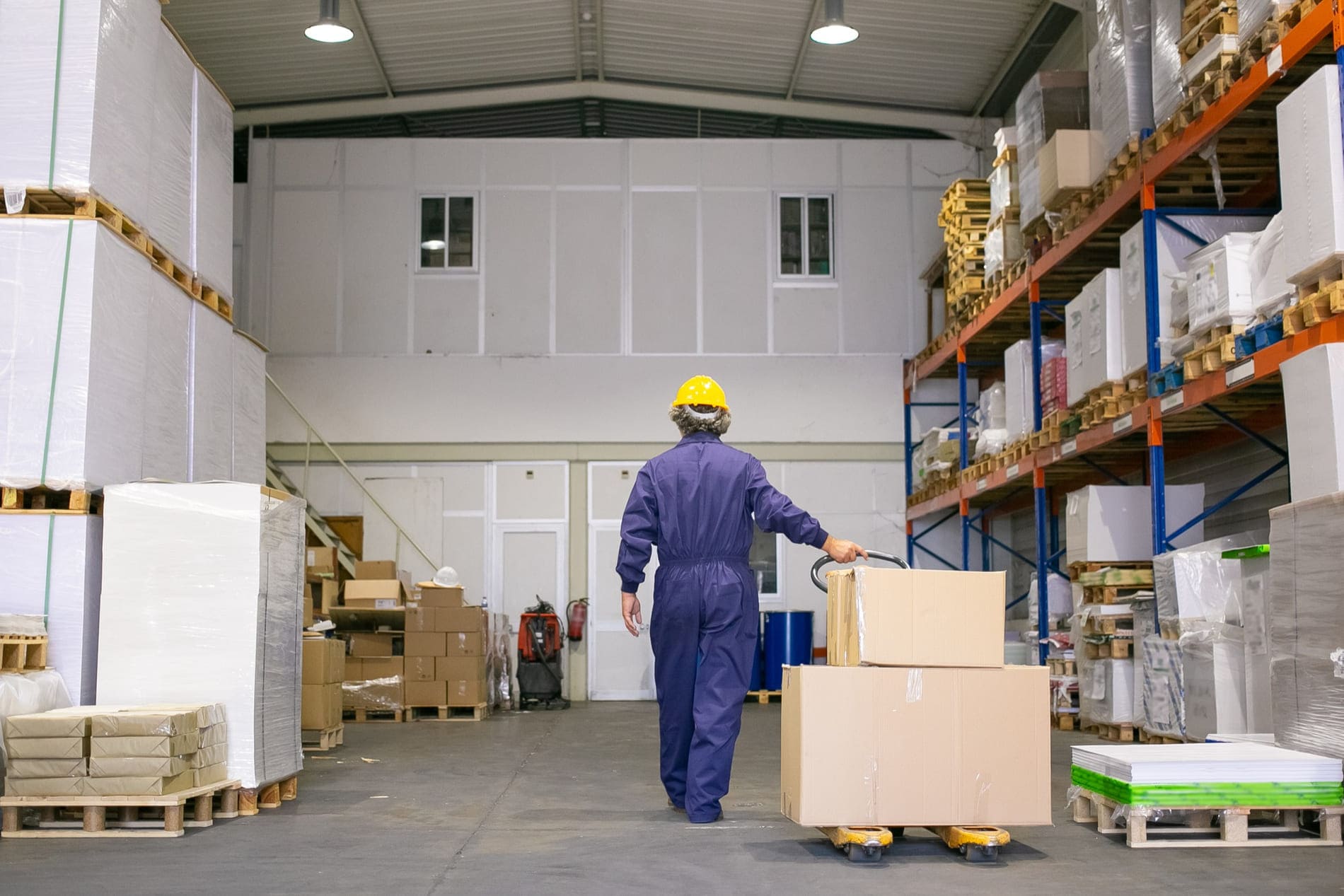





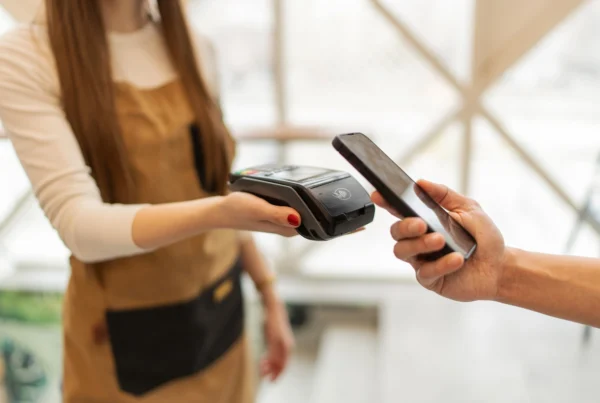







Thanks for sharing such a unique and useful article, it’s great.